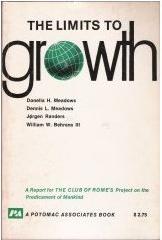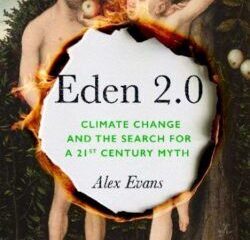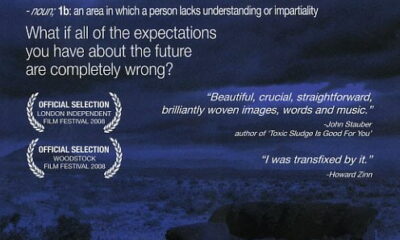

Features
Book review: The Limits to Growth (1972)
When The Limits to Growth was first published, it caused worldwide outrage. The report drew on the growing awareness of the environmental impact of human activity and predicted the likely consequences.
The book, written by Donella H Meadows, Dennis L Meadows, Jørgen Randers, and William W Behrens III, created a heated debate and stood out at the time as it used a sophisticated simulation model to show how intervention in one part of the ecological system can cause unintended consequences in another.
The book uses the simulation to show the correlation between human interaction and the impact they can have on the Earth.
The original model examined five variables consisting of world population, industrialisation, pollution, food production and resource depletion. The book explains the researchers findings in understandable terms.
Two of the tested scenarios saw ‘overshoot and collapse’ of the global system by the mid to late 21st century. A third scenario resulted in a ‘stabilised world’ demonstrating that the system can be fixed but that growth can not continue indefinitely.
The tone of the book is a warning that points out where vulnerabilities in the global system could break down if they are not fixed. However, it also emphasises that the consequences can be avoided if action is taken.
Whilst the book is now over 40-years-old and is outdated in parts, it represents a message that is as relevant today as it was in the 70s, if not more so. In the subsequent years the authors have updated the book several times, most recently in 2004, emphasising how valuable and important The Limits to Growth is even today.


 Environment9 months ago
Environment9 months agoAre Polymer Banknotes: an Eco-Friendly Trend or a Groundswell?

 Environment10 months ago
Environment10 months agoEco-Friendly Home Improvements: Top 7 Upgrades for 2025

 Energy12 months ago
Energy12 months agoA Closer Look at The Rapid Growth of Solar Energy in Ireland

 Energy12 months ago
Energy12 months agoEV Charging Business: It’s About More Than Just Electricity





























